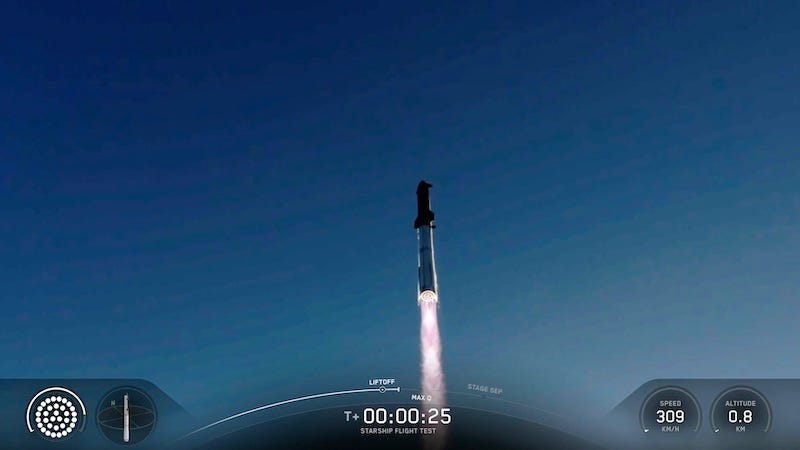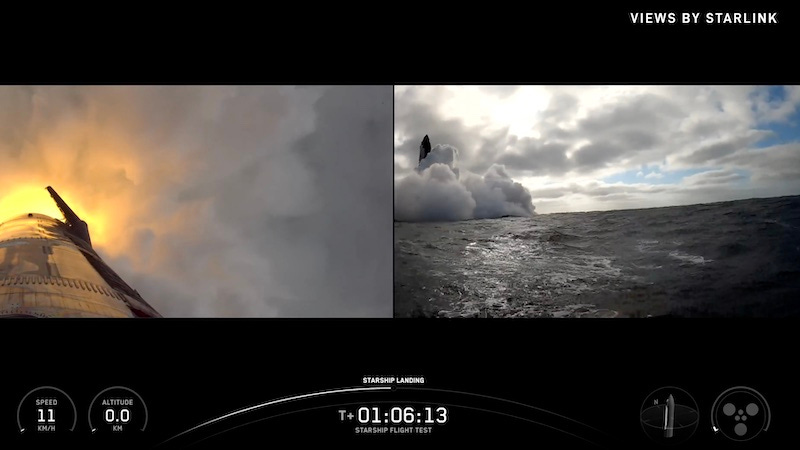Starship Flight Test 11 Achieves All Objectives
Last Flight for the Current Version of the Integrated System
The 11th flight test of Starship went off without a hitch Monday. lifting off at 6:23 p.m. CT from Starbase in south Texas with booster landing in the Gulf of America and Ship landing in the Indian Ocean. This was the final flight of the second-generation Starship and first generation Super Heavy booster, as well as the final launch from the current configuration of Pad 1. Every major objective of the flight test was achieved, providing valuable data as SpaceX prepares the next generation of Starship and Super Heavy.
“We’re getting major design changes to its propulsion system that’s going to accommodate that new version of Raptor.”
Dan Hout, SpaceX
The flight test began with Super Heavy igniting all 33 Raptor engines and ascending over the Gulf. The successful first-stage ascent was followed by a hot-staging maneuver, with Starship’s upper stage igniting its six Raptor engines to continue its flight to space.
Following stage separation, the Super Heavy booster completed its boostback burn to put it on a course to a pre-planned splashdown zone off the coast of Texas using 12 of the 13 planned engines. Under the same angle of attack tested on the previous flight, the booster descended until successfully igniting all 13 planned engines (including one that did not relight during the boostback burn) for the high-thrust portion of the landing burn. The booster successfully executed a unique landing burn planned for use on the next generation booster. Super Heavy hovered above the water before shutting down its engines and splashing down.
After completing a full-duration ascent burn, Starship achieved its planned velocity and trajectory. During flight, Starship successfully deployed eight Starlink simulators and executed the third in-space relight of a Raptor engine, demonstrating a critical capability for future deorbit burns.
Starship re-entered the Earth’s atmosphere and was able to gather extensive data on the performance of its heatshield as it was intentionally stressed to test the limits of the vehicle’s capabilities. In the final minutes of flight, Starship performed a dynamic banking maneuver to mimic the trajectory that future missions returning to Starbase will fly. Starship then guided itself using its four flaps to the pre-planned splashdown zone in the Indian Ocean, successfully executing a landing flip, landing burn, and soft splashdown.
Focus now turns to the next generation of Starship and Super Heavy, with multiple vehicles currently in active build and preparing for tests. “We’re getting major design changes to its propulsion system that’s going to accommodate that new version of Raptor, which puts out higher thrust,” said SpaceX Communications specialist Dan Haut during the launch video presentation. “We’re also getting energy storage upgrades, tons of avionics changes, a lot of things that will enable longer duration missions.”
This next iteration will be used for the first Starship orbital flights, operational payload missions, propellant transfer, and more as we iterate to a fully and rapidly reusable vehicle with service to Earth orbit, the Moon, Mars, and beyond.




